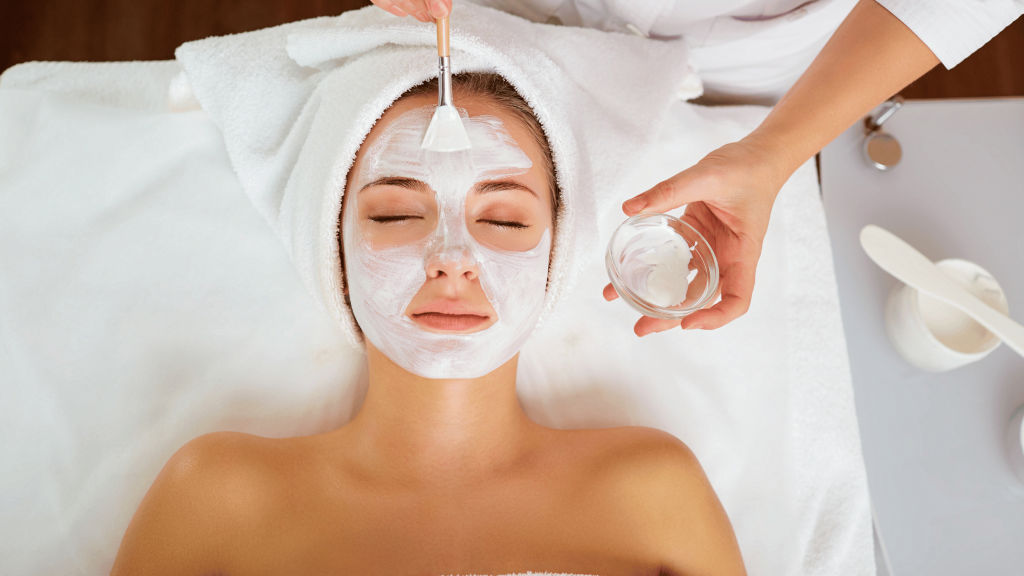
The aesthetics industry is popular and over-crowded with many new practitioners entering the market each day, so make it, others don’t. The hardest part when starting your aesthetics business is finding new clients and promoting your brand.
But fear not! This guide is here to illustrate practical ways to promote aesthetic products and services.
Understand the Client’s Aesthetic Desires:
The first step is to fully comprehend your client’s aesthetic desires. Uncover their tastes, their unique preferences, and why they are drawn to certain aesthetics. Use questionnaires, client interviews, or social media interactions to gain these invaluable insights. Once you grasp the essence of their aesthetic inclinations, you can begin to tailor your offerings accordingly.
Personalise Your Approach:
The power of personalisation should never be underestimated. One-size-fits-all approach doesn’t tend to work like it used to as clients are more aware of what treatments they want and what’s involved. Emphasise the bespoke nature of your services and the customisability of your products. Show your clients that you can provide them with a personalised experience that honours their aesthetic vision.
Exemplify Quality Through Visuals:
A picture is worth a thousand words, particularly in the aesthetic realm. Utilise high-quality visuals to showcase your products and services. Remember, you’re not just promoting items; you’re promoting an experience, a lifestyle. Thus, your visuals must echo the quality and aesthetics of your offerings.

Engage with Authentic Stories:
Engage your clients with authentic narratives surrounding your products and services. The story behind a product often has the power to transform it from a mere item into a piece of art. People love to feel part of something greater, something that has history and depth. Try to tell a story behind your brand, who you are, and your background, and get the client to fall in love with you and your work.
Leverage social media and Influencer Partnerships:
As most clients will be found through social media, make sure your online presence is there. Sharing user-generated content, collaborating with influencers, and utilising aesthetically pleasing and shareable posts can significantly amplify your reach. Instagram is a visual powerhouse that can dramatically elevate your aesthetic promotion.
Host Interactive Events:
Finally, consider hosting interactive events, both online and offline. In-person demonstrations, workshops, and question-and-answer sessions will all help towards building your brand. It offers an opportunity for clients to experience your offerings first-hand, ask questions and build a deeper connection with your brand.
Promoting aesthetic products and services requires a blend of authenticity, understanding, creativity, and strategic planning. By appreciating your clients’ aesthetic preferences, personalising your approach, utilising engaging visuals and stories, leveraging social media, and hosting interactive events, you can successfully promote your aesthetic offerings and truly resonate with your clientele.
Remember, you’re not just selling a product or service; you’re offering an experience, a taste of a desired lifestyle. And that is the core of aesthetic promotion.












